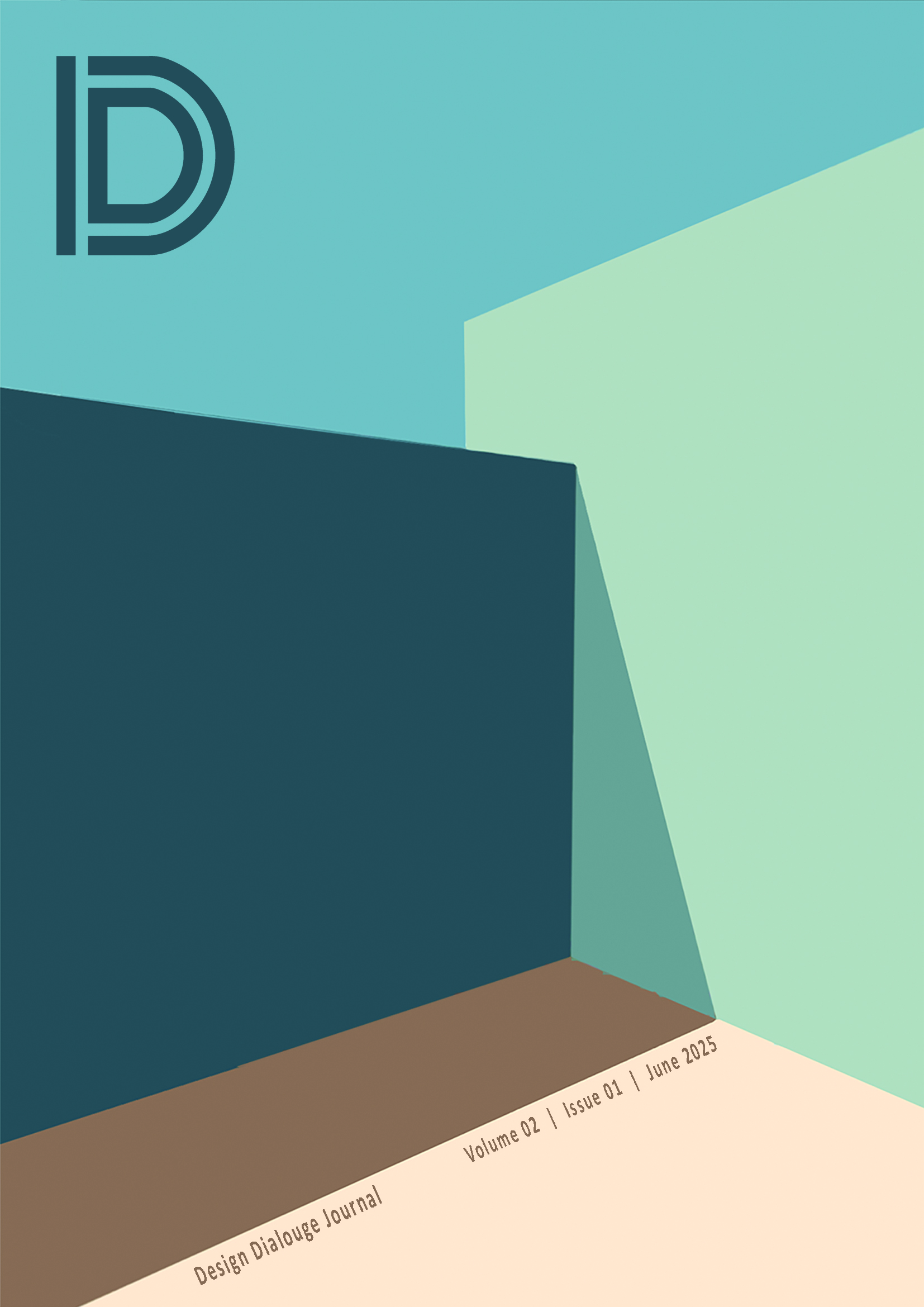Reinforcing Urban Identity and Social Sustainability: A Case Study of Kizil Hamam Street in the Walled City of Famagusta
Abstract
This study explores the relationship between urban identity, sense of place, and social sustainability through a qualitative analysis of Kizil Hamam Street in the historic Walled City of Famagusta, Northern Cyprus. Using observations, photographs, and maps, the research evaluates key urban identity elements such as street form, building shapes, façade characteristics, and natural features and their influence on residents’ sense of place. The findings indicate that historical continuity in building functions and facades contributes positively to place attachment. However, the limited presence of vegetation weakens the environmental identity of the street. The study concludes that preserving architectural identity and enhancing environmental features can strengthen the sense of place and, consequently, improve social sustainability in historic urban areas.
Downloads
Published
Versions
- 09.07.2025 (2)
- 09.07.2025 (1)
Data Availability Statement
Most of the data supporting the findings of this study such as photographs, observation notes, and analytical records are available from the corresponding author upon reasonable request. Certain maps included in the study were obtained from the local municipality of Famagusta and are used with permission; these specific materials are not publicly available due to third-party ownership.
Issue
Section
Categories
License
Copyright (c) 2025 Design Dialogue Journal

This work is licensed under a Creative Commons Attribution-ShareAlike 4.0 International License.
The following license terms apply to all articles published in the Design Dialogue Journal:
Open Access Policy
Design Dialogue Journal is an open access journal. All articles are published and made freely available online immediately upon publication, without subscription charges or registration barriers. This ensures that your work is freely accessible to anyone, anywhere in the world.
License
All articles in the Design Dialogue Journal are published under the Creative Commons Attribution 4.0 International (CC BY 4.0) license. This license permits users to:
- Share — copy and redistribute the material in any medium or format
- Adapt — remix, transform, and build upon the material for any purpose, even commercially
Under the following terms:
- Attribution — You must give appropriate credit, provide a link to the license, and indicate if changes were made. You may do so in any reasonable manner, but not in any way that suggests the licensor endorses you or your use.
The full legal code of the CC BY 4.0 license can be accessed here.
Author Rights
Authors retain the copyright of their work and grant the journal the right of first publication. Authors also grant any third party the right to use the article freely as long as its integrity is maintained and its original authors, citation details, and publisher are identified.
User Rights
Under the CC BY 4.0 license, users are allowed to share and adapt the material for any purpose, even commercially, as long as they attribute the work appropriately. This means that readers can freely access, download, distribute, and build upon the articles as long as the original authors and source are properly credited.
Compliance with Funding Body Requirements
Design Dialogue Journal supports authors in meeting the requirements of funding bodies. Articles published under the CC BY 4.0 license are compliant with major funding body policies, allowing authors to meet the criteria for open access publication.
Commercial Use
For permissions beyond the scope of this license, such as for commercial use or creating derivative works, the terms of the CC BY 4.0 license apply. Explicit permission is not required for commercial use under this license.
By submitting to Design Dialogue Journal, the authors agree to the terms of this license. If you have any questions regarding the license terms or the use of your work, please contact the journal's editorial office.


